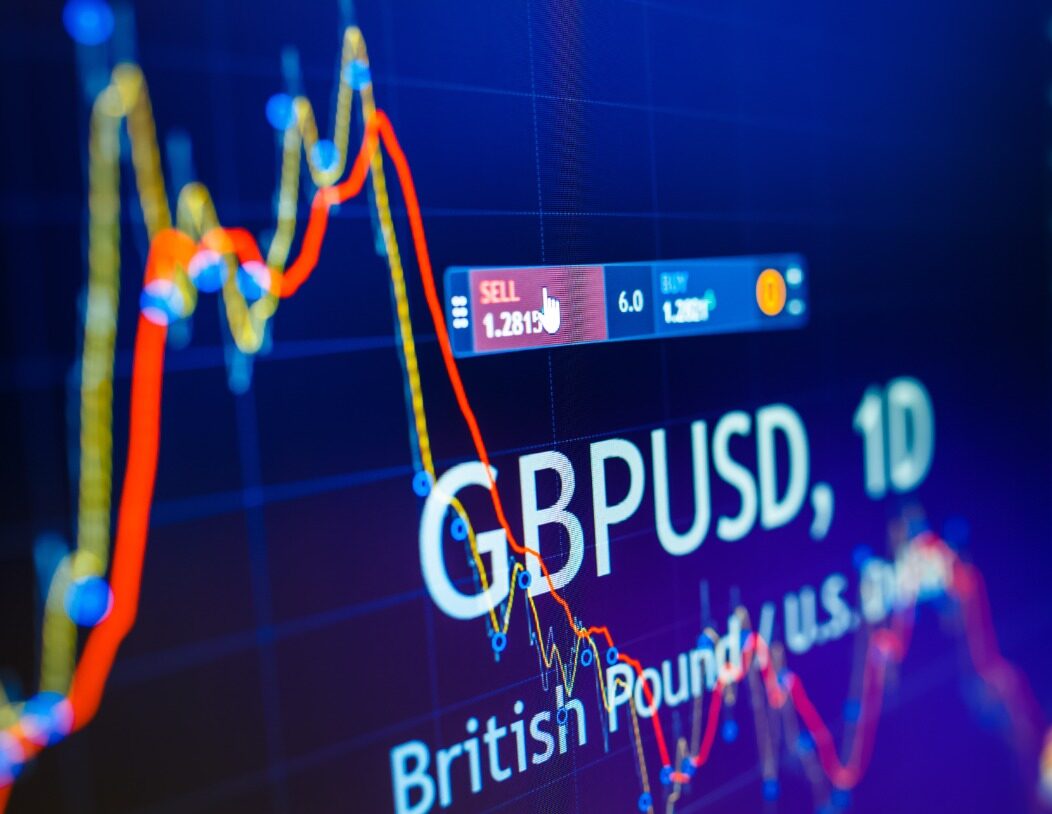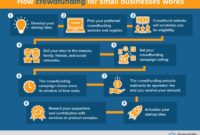The GBP/USD currency pair, often referred to as “Cable” in trading circles, is one of the most widely traded pairs in the Forex market. As a major pair, it represents the exchange rate between the British Pound (GBP) and the US Dollar (USD). This currency pair is highly significant due to the size of both economies—the United Kingdom and the United States—making it a central focus for traders worldwide.
Understanding the GBP/USD fluctuations is essential for successful trading. In this guide, we’ll dive deep into what causes the GBP/USD to move, current factors influencing its performance, and how traders can effectively analyze and trade this pair.
Table of Contents
ToggleWhat is GBP/USD?
Before exploring the factors behind GBP/USD fluctuations, it’s important to understand what this currency pair represents.
- GBP (British Pound): Also known as Sterling, the GBP is the official currency of the United Kingdom. It is one of the oldest currencies still in use today and is considered a reserve currency by many central banks globally.
- USD (United States Dollar): The USD is the world’s most traded currency and serves as the primary reserve currency. It is often considered a safe-haven asset during times of global economic uncertainty.
The GBP/USD pair shows how many US dollars are needed to buy one British pound. For example, if the exchange rate is 1.38, it means that 1 British pound can be exchanged for 1.38 US dollars. The value of this exchange rate changes constantly, driven by a wide range of economic, political, and market factors.
Key Factors That Influence GBP/USD Fluctuations
Several factors contribute to the GBP/USD fluctuations. These range from economic indicators and monetary policy decisions to broader market sentiment and political events. Here are some of the most critical elements influencing the GBP/USD exchange rate:
1. Interest Rates and Monetary Policy
The Role of Central Banks
The monetary policies of the Bank of England (BoE) and the Federal Reserve (Fed) play a significant role in shaping the GBP/USD exchange rate. Both institutions set interest rates, which influence the value of their respective currencies.
- Higher interest rates: When a central bank raises interest rates, it tends to increase the value of its currency. This happens because higher interest rates attract foreign capital, as investors seek better returns on investments.
- Lower interest rates: Conversely, when a central bank cuts interest rates, it can lead to a weaker currency as investors look for better yields elsewhere.
For example, if the BoE raises interest rates while the Fed maintains its rates or lowers them, the GBP/USD pair is likely to rise. Conversely, if the Fed hikes interest rates and the BoE keeps rates low, the USD would strengthen, and GBP/USD would fall.
Current Interest Rate Trends
As of 2023, the Federal Reserve has maintained a hawkish stance, gradually increasing interest rates to combat inflation in the United States. Meanwhile, the Bank of England has also raised rates to address rising inflation in the UK. These decisions have created a complex environment for GBP/USD fluctuations, as both currencies have seen periods of relative strength and weakness due to these rate hikes.
Economic Data and Indicators
GDP Growth
The overall economic performance of the UK and the US is another crucial factor affecting GBP/USD fluctuations. GDP (Gross Domestic Product) growth provides insight into the health of an economy, and stronger-than-expected growth can boost a currency’s value.
- UK GDP: If the UK’s GDP data shows robust economic performance, it could lead to a stronger pound, pushing the GBP/USD higher.
- US GDP: Similarly, positive US GDP data can bolster the USD, potentially driving the GBP/USD lower.
Employment Data
Employment reports, such as the US Non-Farm Payrolls (NFP) and the UK Unemployment Rate, are also critical in driving short-term fluctuations in the GBP/USD pair. Better-than-expected employment numbers in either country can strengthen their respective currency, influencing the exchange rate.
Inflation Reports
Inflation data plays a vital role in shaping GBP/USD. Both the Consumer Price Index (CPI) and the Producer Price Index (PPI) reports in the UK and the US can signal changes in inflationary pressures. Central banks often adjust their monetary policies based on inflation, making these reports closely watched by traders.
Political Events and Geopolitical Risks
Brexit’s Ongoing Impact
Political events often create significant uncertainty in the Forex market, especially in the case of the GBP/USD pair. One of the most notable examples in recent years has been Brexit, which had a dramatic impact on the British pound.
- Brexit referendum: When the UK voted to leave the European Union in 2016, the pound dropped sharply against the dollar. Even today, post-Brexit uncertainties—such as the UK’s evolving trade agreements—can affect GBP/USD fluctuations.
- Political leadership: Shifts in political leadership in the UK and the US can also create volatility in the currency pair. For example, changes in government policies, such as fiscal spending or trade negotiations, can cause movements in the exchange rate.
US Fiscal Policies and Trade Tensions
Similarly, the US political landscape has a direct influence on the value of the USD. Fiscal policies, tax reforms, and trade relations with other countries (such as the US-China trade war) can affect the demand for the dollar, and thus impact the GBP/USD pair.
In addition, broader geopolitical risks, such as wars or trade disputes, can drive market sentiment and influence the GBP/USD. For instance, during times of global uncertainty, investors often seek safety in the US dollar, which can lead to a stronger USD and push the GBP/USD lower.
Market Sentiment and Risk Appetite
Risk-On vs. Risk-Off Sentiment
The GBP/USD pair is often affected by shifts in broader market sentiment. In risk-on environments—where investors are optimistic and willing to take on more risk—the GBP may benefit, as traders seek higher-yielding assets outside the US. On the other hand, in risk-off scenarios—where uncertainty or fear grips the market—the USD tends to strengthen as investors flock to the safety of the US dollar.
For instance, during periods of economic uncertainty, such as the global financial crisis or the COVID-19 pandemic, the US dollar often appreciated against the British pound due to its status as a safe-haven currency.
Current Data and Trends in GBP/USD
Recent GBP/USD Performance
As of late 2023, the GBP/USD pair has experienced significant volatility, largely due to ongoing global inflation concerns and the shifting monetary policies of both the Federal Reserve and the Bank of England. While the pound showed signs of strength earlier in the year as the UK economy rebounded from post-Brexit challenges, it has recently come under pressure due to inflation and energy price shocks.
According to the latest data:
- GBP/USD traded around 1.20-1.30 during the summer of 2023, reflecting a period of uncertainty driven by high inflation rates in both countries.
- In response to inflationary pressures, both the Bank of England and the Federal Reserve have raised interest rates, with further hikes expected in 2024, contributing to the pair’s recent fluctuations.
For traders, staying updated with the latest economic data and monitoring interest rate decisions is crucial for anticipating the direction of GBP/USD in the coming months.
How to Trade GBP/USD Effectively
Trading GBP/USD requires a strong understanding of the factors that drive its price movements. Here are some strategies and tips to help traders navigate the pair’s volatility:
Fundamental Analysis
Fundamental analysis involves examining the economic, political, and social factors that affect the value of the GBP and USD. By keeping an eye on economic indicators, central bank policies, and political developments, traders can make informed decisions about whether to buy or sell the GBP/USD pair.
- Follow interest rate decisions from the Federal Reserve and Bank of England closely.
- Monitor key data releases such as GDP growth, employment reports, and inflation statistics from both the UK and US.
Technical Analysis
Technical analysis uses price charts and indicators to predict future price movements. For GBP/USD traders, important levels to watch include support and resistance levels, moving averages, and trendlines.
- Use oscillators such as the Relative Strength Index (RSI) to identify overbought or oversold conditions.
- Fibonacci retracement levels can help pinpoint potential areas of reversal in trending markets.
Risk Management
Given the volatility in the GBP/USD pair, risk management is essential. Using stop-loss orders and proper position sizing can help limit potential losses. Traders should also keep an eye on leverage when trading Forex, as the use of excessive leverage can magnify losses.
Conclusion: Navigating GBP/USD Fluctuations
Understanding GBP/USD fluctuations requires a multifaceted approach that considers economic indicators, monetary policy, political events, and market sentiment. For traders, the pair offers exciting opportunities but also presents challenges due to its volatility.
By keeping up with current data and trends, traders can position themselves for success when trading GBP/USD. Additionally, employing sound strategies—both fundamental and technical—can help mitigate risk and improve decision-making.
For a deeper dive into analyzing GBP/USD and other currency pairs, check out this comprehensive Forex trading guide here.
As always, thorough research, ongoing education, and a solid risk management plan are key to navigating the dynamic world of Forex trading.




